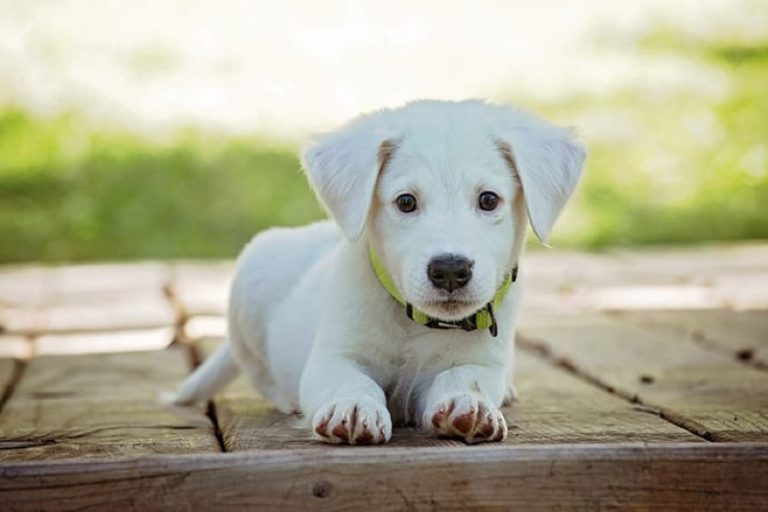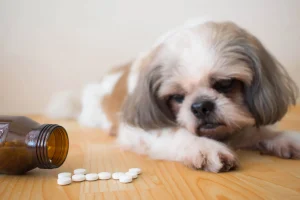Living with a dog is not all fun and games. Sadly, there are times when your dog makes a mess. Sometimes, you have to correct their behavior. And in some cases, you just want to ensure your dog knows his place and what he can and should do.
So, how to discipline a dog?
How to ensure your dog behaves well? Discipline is also a good way of playing mind games and learning new tricks.
Some 10 to 15 years ago, many dog experts were suggesting that the best way for how to discipline a dog is to employ some punishment. But that is all in the past.
Nowadays, it is all about positive reinforcement training method. This way, your dog learns new tricks, commands, and behavior through a reward-based system. It is all about knowing how to encourage good behavior.
Why is a punishment not good?
What is punishment by definition? You might think you are not punishing your puppy, or you think you are punishing, but that is not the reality. The term punishment implies a discipline method based on physical harm, including spanking or hitting your dog.
Punishment can cause pain to your dog, and it is a cruel and harsh method. And in most cases, punishment is not nearly as effective as positive-reinforcement methods.
Knowing how to punish your dog in a humane way is a much more productive way to discipline a dog. When done properly, punishment can be positive. Constructive punishment is a method that is allowed.
Here are some ways for constructive punishment:
- Ignoring your dog when he doesn’t behave properly
- Time-outs
- Taking his toys away
- Using voice to stop an unwanted behavior
How positive reinforcement works?
Positive reinforcement is a training method that has been popularized in the last 20 years. And same as with humans, it works best if you start when your dog is still young.
Puppies do not understand much when they are young. They do not understand it is wrong to chew shoes, poop in the home, or biting your toes.
So, how positive reinforcement can help? It is a method that works through treats and praise. Using rewards for discipline is a powerful training method.
When your dog learns a certain type of behavior that is acceptable, you reward him and praise him. He will quickly realize that he needs to continue that practice.
In the same way, positive reinforcement works when dogs do not behave well, and you take away a toy or your attention. This teaches the dog that he needs to avoid the actions that led to your ignoring.
Unlike hitting and spanking, which is cruel, the reward system helps your dog learn proper behavior through conditioning. Dogs love to eat. They love food. And when some behavior is rewarded with eating treats or belly rubs, you know your dog will choose the rewards.
What not to do?
There are a couple of things you absolutely want to avoid when it comes to how to discipline a dog.
With that in mind, here are the Don’ts of discipline:
- Do not physically discipline your dog. Pets are like family, and you do not want to hurt them. Even if you are extremely frustrated, try not to raise a hand on your dog. There is no reason to hit your dog, same as there is no reason to hit your kids
- Do not yell or scream at your dog. While dogs do not understand our language, they perfectly understand the difference in your tone. They know what a normal voice sounds like, and what a shouting voice sounds like. If you do loud noises and use shouting voice during training sessions, your dog will begin to tune you out. Keep a calm voice
- Do not allow play that is not OK. When your dog is learning, he might not always perform best or be at his best behavior. One of the most common concerns is chewing, and that includes shoes and other objects in the home. Do not allow this behavior to continue, thinking your dog will grow out of it
- Do not rub your dog’s nose in his poop or urine. While they are still young, puppies can have an accident in the home. They still need to learn where it is acceptable to relieve themselves. Do not punish your dog by rubbing his nose in his accident, as it can create an anxiety issue, or even force your dog to do his business due to sheer stubbornness
Top 7 Techniques for Positive Discipline
There are many ways for how to discipline a dog in a positive way. We suggest you trying one of the following methods.
Distraction
When your puppy does something that is not acceptable, simply distract him by making a loud noise. You do not have to yell. You can slap on the table, or shake a jar with pennies in it.
The noise will distract your dog, and redirect his focus on you. At this point, you can instruct your dog to do something else, and then reward him with a treat.
Scruff
There are some positive methods for touching your puppy without doing much harm. For example, one way is to grab the fur under his ear on his neck and shake it.
Think a brief but brisk shake. This method works when you catch your dog in the act and surprise them.
Put down
Puppies need to learn who is the dominant figure in the home. Until you show them, they might think they are the pack leaders.
When your puppy does something wrong, push the puppy over gently on his side or his back, and lean gently over him. This reinforces you as the dominant figure. Another method is to put his head down with your head, showing him you are the superior figure.
Ignore
Once your puppy does something unacceptable, say no and then ignore him. Keep ignoring your puppy until he comes to you.
Dogs are very social and they want you to pay attention to them. When you ignore them, you establish control in the relationship. Once your dog comes over, redirect his attention towards something positive, and reward with a treat.
Sit command
Any time your puppy performs bad, say no, and then follow up with the sit command. It is a simple, yet very effective trick of redirecting your puppy’s attention.
You give your puppy something else to do, not the bad thing he is doing at the moment. You can also say only sit. Once your dog sits, he is not doing whatever you do not like. As always, reward with a treat.
Time-out
When your puppy misbehaves, simply put him outside for a few minutes. This can mean outside on the balcony, in another room, or anything else.
After a few minutes, let him come back, and try the same situation again. If the puppy does not repeat the bad behavior, reward him with a treat.
Treats and rewards
The key to positive reinforcement method, as you can see by now, is rewarding behavior with treats. But exactly how to give treats to dogs?
You can use the treats method for any command, trick, or positive behavior. Start by holding the treat in your hand, and let your dog see it.
Bring it closer to your puppy, so he can sniff it and understand it is something good. Ask him to perform any trick, give him command, instruct a behavior, and once your puppy listens, give him the treat.







